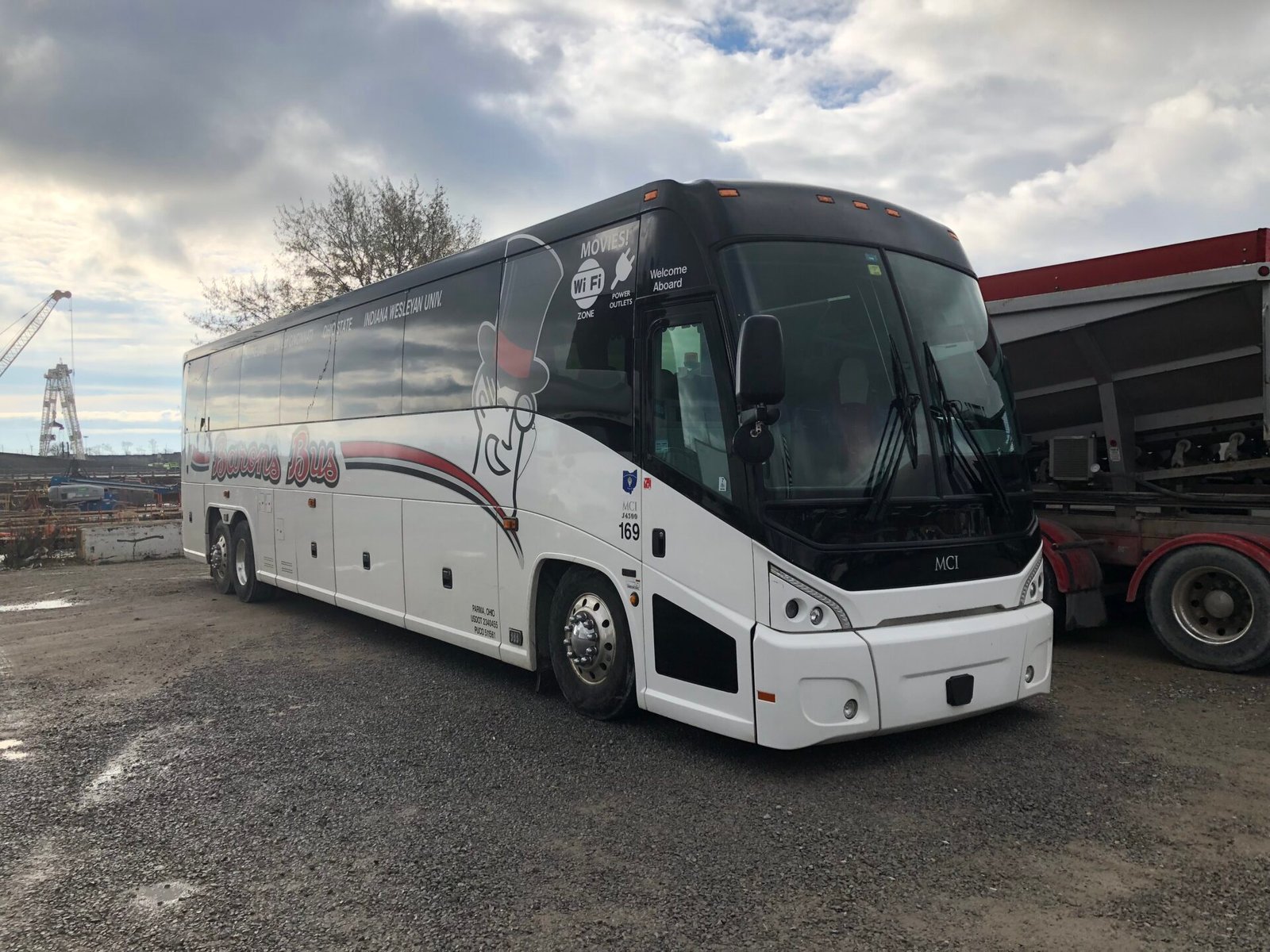Toronto is a rapidly growing, diverse, and dynamic city, and as its population continues to rise, the demand for efficient, sustainable, and accessible public transportation grows as well. With a population of over 3 million people and a sprawling metropolitan area, the Toronto Transit Commission (TTC) faces the ongoing challenge of meeting the needs of commuters while addressing the environmental, economic, and technological demands of the future.
Buses are an integral part of Toronto’s public transit system, providing accessibility across the city’s vast neighborhoods and offering a flexible, essential mode of transportation. However, as the city moves toward the future, several advancements and improvements are being implemented to make the bus network more efficient, sustainable, and user-friendly. In this article, we explore what the future holds for public transit bus in Toronto, including technological innovations, sustainability initiatives, and changes aimed at improving rider experience.
Electrification of the Bus Fleet
One of the most significant steps Bus in Toronto is taking to improve its public transit system is the shift toward electrifying the bus fleet. In response to the growing need for environmental sustainability and reduced carbon emissions, the city has set ambitious goals to replace its diesel-powered buses with electric buses (e-buses) over the next few decades.
Toronto has already begun introducing electric buses into its fleet, intending to have all TTC buses electrified by 2040. This transition is part of the city’s broader strategy to reduce its overall greenhouse gas emissions and combat climate change.
The benefits of electric buses are far-reaching:
- Reduction in Carbon Emissions: Electric buses produce no tailpipe emissions, helping to improve air quality and reduce the environmental impact of the public transit system.
- Cost Efficiency: While electric buses have a higher upfront cost, they are cheaper to maintain and operate over time due to fewer moving parts and lower energy costs compared to traditional diesel buses.
- Quieter Transit: Electric buses produce much less noise than diesel-powered buses, which can significantly reduce noise pollution in Toronto’s neighborhoods, especially in residential areas.
The TTC is already testing and rolling out electric buses along select routes, and as the technology advances, the expansion of this fleet will play a crucial role in Toronto’s long-term sustainability goals.
Smart Technology and Real-Time Data
As technology continues to evolve, so too does the way we interact with public transit. Smart technology is becoming an integral part of the public transit experience, and the TTC is investing in tools that provide real-time data to improve service and convenience for riders.
- Real-Time Tracking: Riders will increasingly be able to track Bus in Toronto in real-time through mobile apps, the TTC website, and electronic signs at bus stops. This reduces wait times and helps commuters better plan their trips. In addition, real-time data also helps the TTC monitor and adjust service dynamically based on demand, improving operational efficiency.
- Mobile Payment Systems: The TTC has already integrated Presto as a contactless payment system across buses, allowing riders to tap and pay via their smart cards or smartphones. In the future, mobile payment options may expand, offering a wider variety of seamless payment methods, including biometric recognition (e.g., facial recognition or fingerprint scanning) for even more convenience.
Enhanced Passenger Information
- Enhanced Passenger Information: Digital displays inside buses and at bus stops will continue to evolve to provide riders with live updates on routes, upcoming stops, and any delays or detours. This helps passengers stay informed and makes their travel experience smoother.
- Smart Fare Collection Systems: As part of Toronto’s ongoing efforts to modernize the transit system, future buses may implement more sophisticated fare collection systems that not only accept a range of payment methods but also offer more flexible pricing options based on factors like time of day, frequency of use, or distance traveled.
These advancements in smart technology are poised to make the entire experience of riding public transit more efficient, personalized, and convenient for Toronto’s growing ridership.
Improved Accessibility
Bus in Toronto is committed to improving accessibility for all its residents, including those with physical disabilities, seniors, and individuals with mobility challenges. Public transit is no exception, and the future of Toronto’s buses will prioritize inclusivity and ease of access for everyone.
- Low-Floor Buses: The trend toward low-floor buses will continue, allowing passengers with wheelchairs, strollers, or other mobility devices to board and exit more easily. Many buses are already wheelchair accessible, and the city is continually upgrading older vehicles to ensure that all buses meet accessibility standards.
- Enhanced Audio and Visual Alerts: Buses will increasingly feature real-time audio and visual announcements that notify passengers of the next stop and any delays or changes in service. These updates are especially beneficial for people with visual or hearing impairments and ensure that no passenger is left uninformed.
- Priority Seating and Safe Spaces: The priority seating areas for seniors and individuals with disabilities will continue to be marked and available for those in need. Additionally, buses will be designed to offer ample space for passengers to comfortably travel with mobility aids or strollers.
Conclusion
The future of public transit bus in Toronto is exciting and full of innovation. From the electrification of the bus fleet to the integration of smart technology, accessibility improvements, and more sustainable infrastructure, the city is working to create a public transit system that is efficient, inclusive, and environmentally responsible.
By embracing these advancements, Toronto will continue to offer a reliable, convenient, and sustainable way for residents to navigate the city while reducing its carbon footprint and improving overall quality of life.
